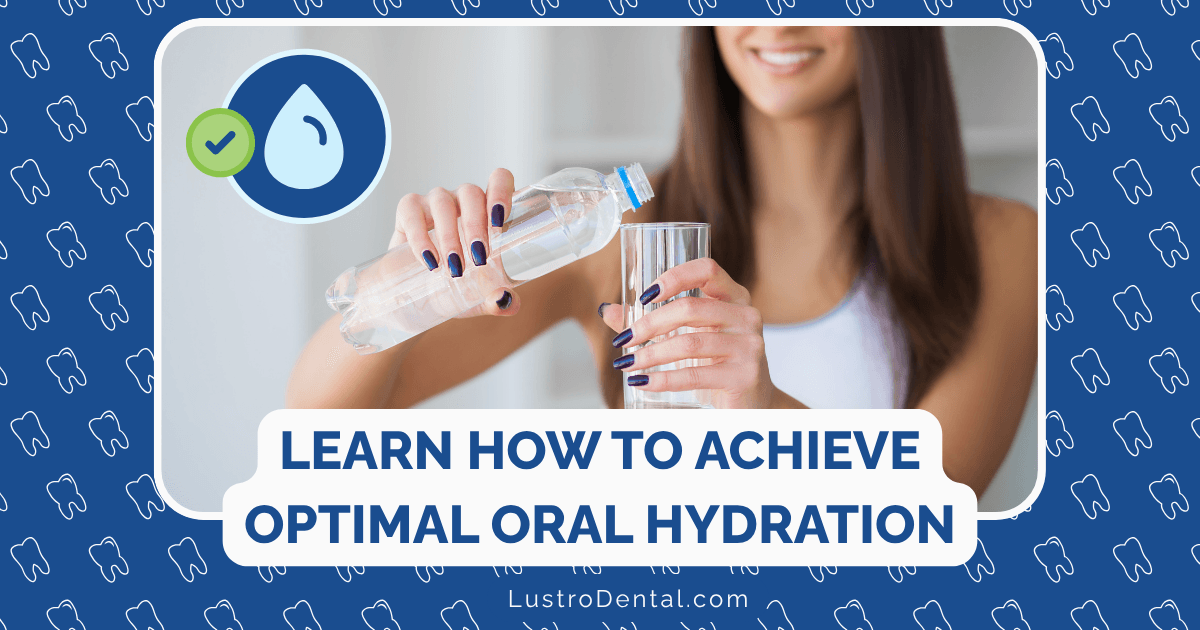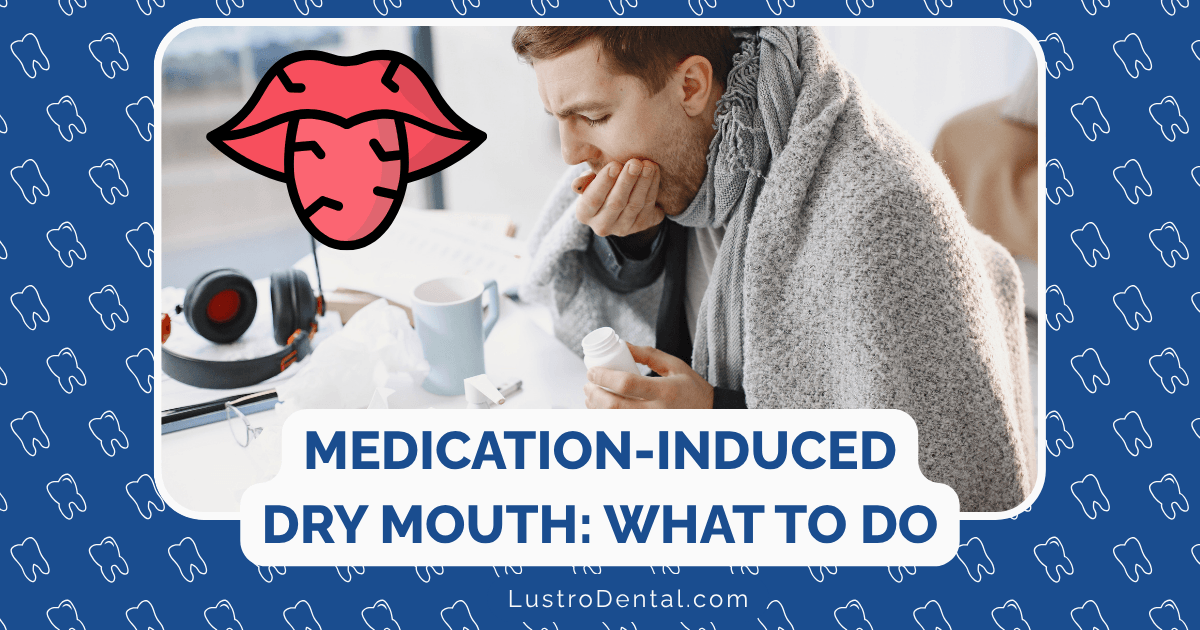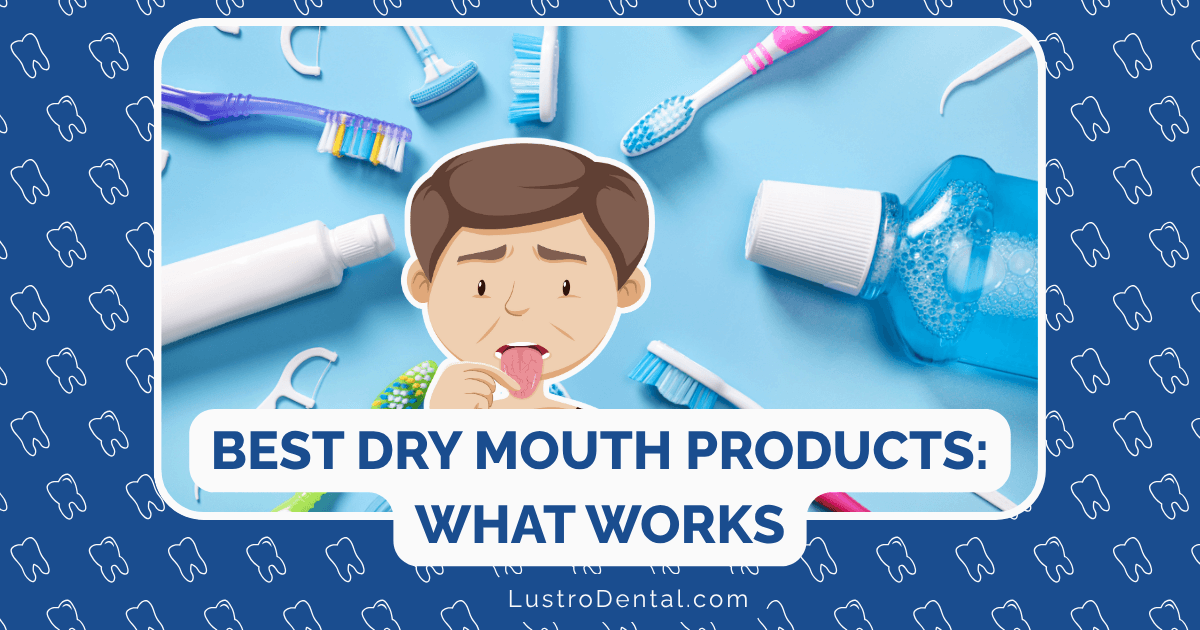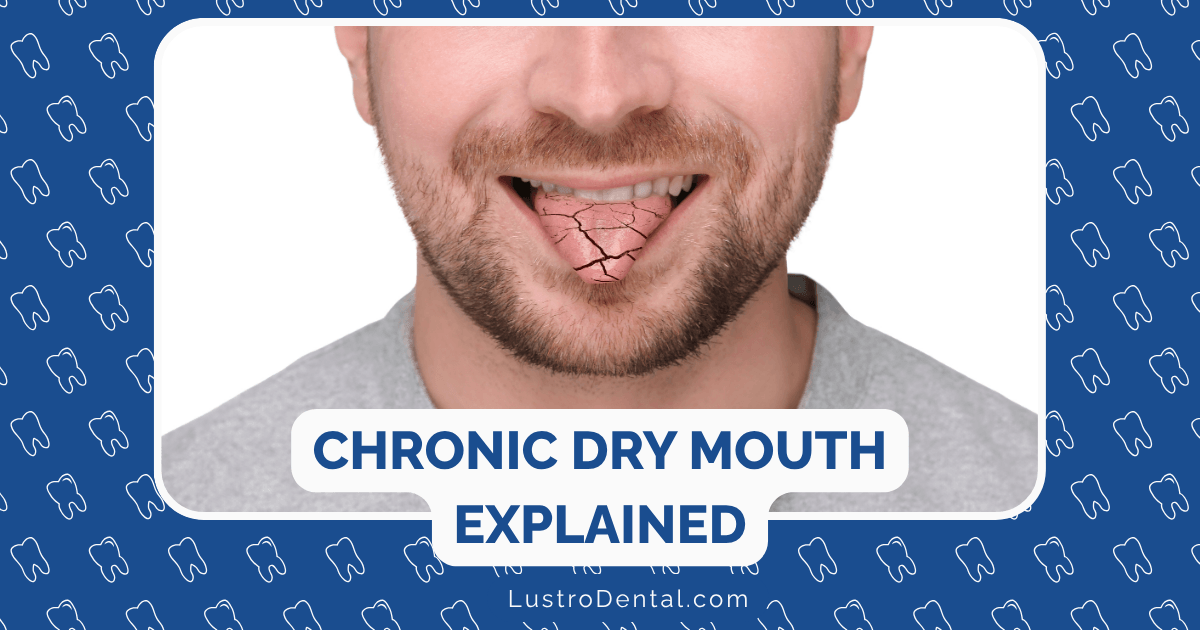Alcohol’s Effect on Your Smile: From Staining to Serious Health Risks
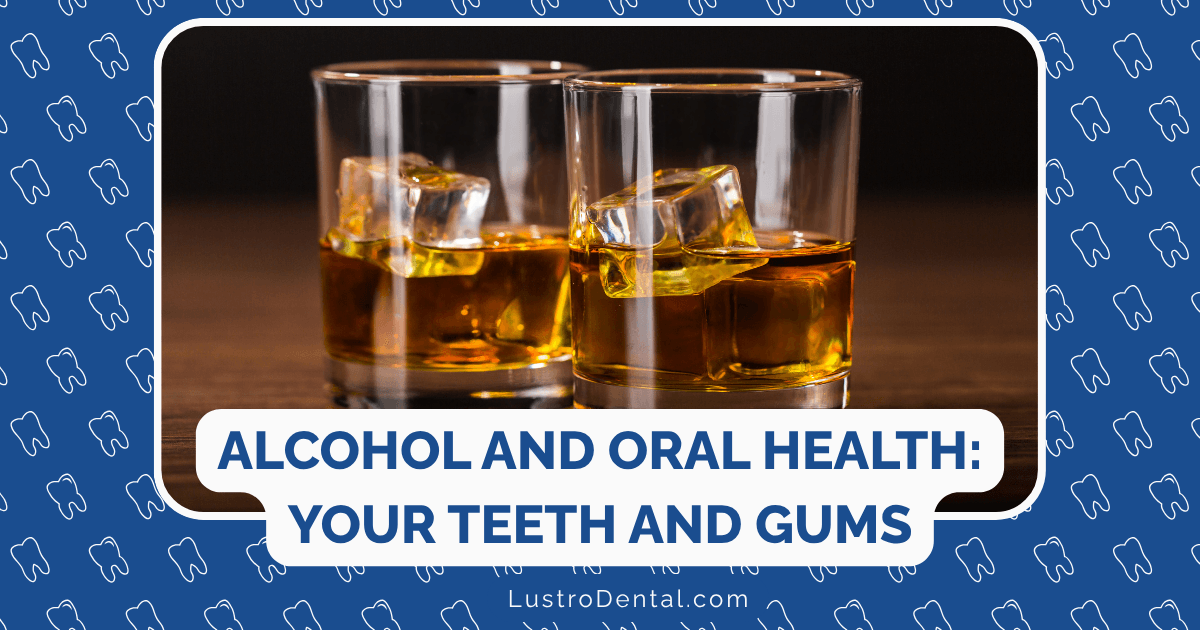
That glass of wine with dinner or weekend cocktails with friends might seem harmless enough, but alcohol’s impact on your oral health extends far beyond just temporary bad breath. From cosmetic concerns like staining to serious health risks including oral cancer, understanding alcohol’s effects on your smile is essential for making informed choices about your drinking habits.
The Immediate Effects: What Happens When You Drink
Dehydration and Dry Mouth
Alcohol is a powerful diuretic, meaning it causes your body to lose more water than you take in. According to Penn Dental Medicine, this dehydration directly affects your mouth by reducing saliva production, leading to a condition called xerostomia (dry mouth).
Why is this a problem? Saliva is your mouth’s natural defense system:
- It washes away food particles and bacteria
- It neutralizes harmful acids
- It helps remineralize tooth enamel
- It contains proteins and minerals that protect tooth enamel
Without adequate saliva, your mouth becomes a breeding ground for bacteria, significantly increasing your risk of tooth decay and gum disease.
Acid Attacks
Most alcoholic beverages are acidic, with pH levels that can erode tooth enamel:
- White wine: pH 3.0-3.4
- Red wine: pH 3.3-3.5
- Beer: pH 3.0-5.0
- Mixed drinks with citrus: as low as pH 2.5
For context, tooth enamel begins to erode at pH 5.5. Research from ClearChoice Dental shows that repeated exposure to these acids weakens the protective outer layer of your teeth, making them more vulnerable to decay and sensitivity.
Sugar Overload
Many alcoholic drinks contain significant amounts of sugar, whether from the alcohol itself or from mixers:
- A piña colada can contain up to 40 grams of sugar
- A glass of sweet wine may have 8 grams or more
- Even a gin and tonic contains about 14 grams from the tonic water
This sugar feeds the bacteria in your mouth, which produce acids that attack your enamel and lead to cavities. The combination of high sugar content, acidity, and reduced saliva creates a perfect storm for dental decay.
The Cosmetic Impact: How Alcohol Affects Your Smile’s Appearance
Staining and Discoloration
That rich red wine or dark beer isn’t just staining your tongue temporarily. According to Babylon Dental Care, alcoholic beverages contain chromogens (color compounds) and tannins that adhere to the enamel, causing discoloration over time.
The worst offenders include:
- Red wine
- Dark beers
- Whiskey and bourbon
- Colorful cocktails
The staining effect is compounded by alcohol’s tendency to dehydrate the mouth, as less saliva means fewer opportunities to naturally rinse away these staining compounds.
Enamel Erosion and Transparency
As alcohol erodes your enamel, teeth can take on a slightly translucent appearance, particularly at the edges. This erosion also reveals more of the yellowish dentin beneath the enamel, making teeth appear duller and more yellow overall.
A 2025 study from Krengel Dental found that regular consumption of acidic alcoholic beverages was associated with increased tooth sensitivity and visible changes in enamel appearance, even in moderate drinkers.
The Structural Damage: Beyond Surface Problems
Gum Disease Progression
Alcohol significantly increases your risk of developing periodontal (gum) disease through multiple mechanisms:
- Immune suppression: Alcohol weakens your body’s immune response, making it harder to fight off the bacteria that cause gum disease.
- Inflammatory response: According to RDH Magazine, alcohol consumption impairs immune function and increases the likelihood of connective tissue inflammation and alveolar bone resorption.
- Reduced healing capacity: Alcohol slows the body’s healing processes, making it more difficult to recover from even minor gum irritation.
- Medication interactions: Many medications for gum disease may interact negatively with alcohol, reducing their effectiveness.
Research shows that regular alcohol users without periodontitis have more gum bleeding than non-drinkers, while those with existing periodontitis see their condition worsen with increased frequency of consumption.
Tooth Loss Risk
The combination of increased decay and gum disease leads to a startling statistic: heavy drinkers are three times more likely to experience permanent tooth loss than non-drinkers. This is due to:
- Advanced decay requiring extraction
- Periodontal disease causing bone and tissue loss
- Reduced effectiveness of dental treatments
- Delayed healing after dental procedures
The Serious Health Risks: When Drinking Affects More Than Your Teeth
Oral Cancer Connection
Perhaps the most concerning link between alcohol and oral health is the significantly increased risk of oral cancer. According to Beautiful Smiles Indy, the National Cancer Institute estimates that around 75% of oral and pharyngeal cancers are associated with alcohol and tobacco use.
How alcohol contributes to oral cancer risk:
- Direct cellular damage: Alcohol irritates the cells lining your mouth and throat, potentially leading to DNA damage and cancerous changes.
- Dehydration effect: The dry environment created by alcohol consumption can exacerbate cellular damage.
- Acetaldehyde exposure: When your body metabolizes alcohol, it produces acetaldehyde, a known carcinogen.
- Nutritional deficiencies: Alcohol can interfere with the absorption of nutrients that help protect against cancer.
- Synergistic effect with tobacco: For those who both smoke and drink, the risk multiplies dramatically as alcohol can make mouth tissues more permeable to the harmful chemicals in tobacco.
The CDC reports that approximately 20,000 adults in the US die each year from alcohol-related cancers, with oral cancers being a significant portion of this number.
Dental Work Complications
If you’ve invested in dental work like crowns, fillings, or implants, alcohol can compromise their longevity:
- Alcohol can erode and alter composite restorations
- The acidic nature of alcoholic beverages can weaken the bonding of dental materials
- Dehydration can affect the integration of implants with bone tissue
- Reduced healing capacity can complicate recovery from dental procedures
Minimizing the Damage: Strategies for Drinkers
If you choose to drink alcohol, these strategies can help protect your oral health:
Moderation is Key
The CDC recommends limiting alcohol consumption to:
- Women: No more than one drink per day, no more than seven drinks per week
- Men: No more than two drinks per day, no more than 14 drinks per week
Remember that the World Health Organization states that no level of alcohol consumption is completely safe for health.
Hydration Habits
- Alternate alcoholic drinks with water to maintain hydration
- Drink a full glass of water after consuming alcohol
- Consider using alcohol-free mouthwash to maintain moisture in your mouth
Smart Drinking Choices
- Choose lower-acid options when possible (beer tends to be less acidic than wine)
- Avoid sugary mixers like soda and juice
- Use a straw for mixed drinks to minimize contact with teeth
- Consider diluting drinks with water or seltzer
Enhanced Oral Hygiene
- Wait 30-60 minutes after drinking before brushing (to avoid brushing softened enamel)
- Use a fluoride toothpaste to strengthen enamel
- Consider a dry mouth rinse or spray to combat reduced saliva
- Maintain regular dental check-ups, possibly increasing frequency if you drink regularly
Recovery: Can Your Smile Bounce Back?
The good news is that many alcohol-related oral health issues can improve when consumption is reduced or eliminated:
- Saliva production typically returns to normal within days to weeks
- Gum inflammation can begin to subside within weeks
- Enamel erosion stops progressing when exposure to acids decreases
- The risk of oral cancer begins to decrease after several years of abstinence
According to Gov Park Dental, patients who reduce alcohol consumption often see significant improvements in periodontal health within months, even if they’ve experienced advanced gum disease.
The Bottom Line
While an occasional drink is unlikely to cause significant oral health problems for most people, regular or excessive alcohol consumption poses real risks to your smile and overall oral health. Understanding these risks allows you to make informed choices and take proactive steps to protect your teeth and gums.
If you do choose to drink, maintaining excellent oral hygiene, staying hydrated, and keeping regular dental appointments becomes even more important. And if you’re concerned about alcohol’s effects on your oral health, your dental team can provide personalized advice based on your specific situation.
Remember, your smile is worth protecting—and being aware of how lifestyle choices like alcohol consumption affect your oral health is the first step toward maintaining a healthy, beautiful smile for life.


